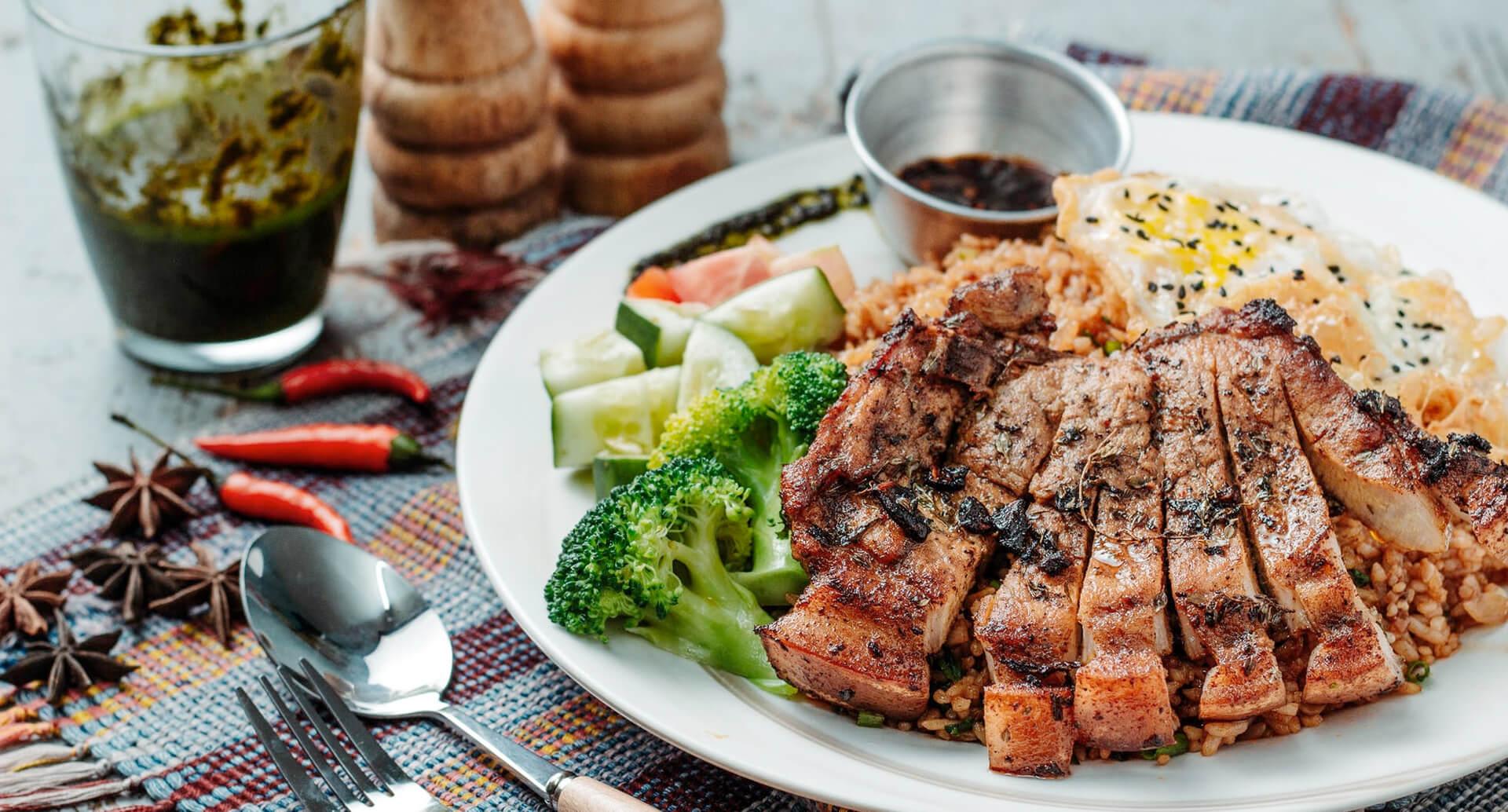For those who savor flavors, aromas, textures, and traditions, food is far more than sustenance—it’s a lifestyle, a culture, and a connection to the world. As global culinary scenes become increasingly vibrant and diverse, food lovers are turning to one powerful way to satisfy their appetite: traveling to food cities. This article explores the cultural, educational, sensory, and personal reasons why every food lover should plan an annual trip to a culinary capital, complete with a comparative analysis of top food cities.
1. The Cultural Immersion of a Food City Experience Food is a direct reflection of culture. By traveling to a food city, you engage with local traditions, histories, and identities through cuisine.
-
Local Markets: Discover indigenous ingredients and preparation styles.
-
Street Food Scenes: Engage with communities and authentic tastes.
-
Family-Owned Restaurants: Understand generational heritage through recipes.
Traveling for food allows you to taste a place’s past and present, often more intimately than visiting museums or monuments.
2. Food Tourism as a Form of Education
| Learning Aspect | How Food Cities Contribute | Example |
|---|---|---|
| History | Learn about colonization, migration, and trade routes | Indian curry, Vietnamese banh mi |
| Geography | Understand how climate affects ingredients | Mediterranean herbs, Nordic preservation methods |
| Language | Learn food-related vocabulary in new languages | Ordering tapas in Spanish, sushi terms in Japanese |
| Culinary Techniques | Attend workshops, cooking classes | Thai curry pastes, Italian pasta-making |
| Social Etiquette | Observe mealtime customs and dining behavior | Korean communal eating, Moroccan tea rituals |
3. Sensory and Emotional Fulfillment Great food cities offer a multi-sensory experience:
-
Sight: Vibrant plating, local architecture, colorful food markets.
-
Smell: Street-side grills, freshly baked bread, spice bazaars.
-
Taste: Sweet, salty, sour, umami—all in one meal.
-
Sound: The clatter of pans, local music, market voices.
-
Touch: Texture from hand-rolled pasta or grilled meats.
Emotionally, food city experiences are memorable and comforting. Many travelers form lasting emotional bonds with destinations based solely on food memories.
4. Breaking Culinary Boundaries and Biases Tasting unfamiliar cuisines challenges your palate and dismantles cultural biases:
-
Gain appreciation for offal, fermentation, or raw dishes.
-
Learn to respect food scarcity and creativity in poorer regions.
-
Recognize the value of street food compared to fine dining.
Annual culinary travel pushes you out of your comfort zone while making you a more empathetic and adventurous eater.
5. A Sustainable and Local Economy Boost Responsible food tourism can support:
-
Local farmers and producers
-
Family-run restaurants and street vendors
-
Sustainable fishing and organic agriculture practices
By choosing locally sourced dishes and ethically operated businesses, food lovers can travel with a positive footprint.
6. Building Global Friendships and Community Food cities foster international friendships:
-
Attend food tours with fellow travelers.
-
Join local cooking classes.
-
Participate in wine tastings or traditional meals with locals.
Food acts as a universal language that connects people across borders, making culinary travel a social and emotional bridge.
7. Comparative Analysis: Best Food Cities in the World
| City | Signature Dishes | Unique Feature | Estimated Daily Food Budget | Street Food Rating | Cultural Diversity |
| Bangkok | Pad Thai, Tom Yum, Mango Sticky Rice | Vibrant night markets, low cost | $15–$30 | ★★★★★ | ★★★★☆ |
| Tokyo | Sushi, Ramen, Tempura | Precision and discipline in cooking | $30–$60 | ★★★★☆ | ★★★☆☆ |
| Mexico City | Tacos, Mole, Tamales | Colorful flavors and Aztec influences | $10–$25 | ★★★★★ | ★★★★☆ |
| Istanbul | Kebabs, Mezes, Baklava | East-meets-West culinary fusion | $15–$35 | ★★★★☆ | ★★★★☆ |
| Paris | Croissant, Duck Confit, Escargot | Fine dining and wine culture | $40–$80 | ★★★☆☆ | ★★★☆☆ |
| Singapore | Hainanese Chicken Rice, Laksa, Satay | Hawker culture, ethnic blend | $20–$40 | ★★★★★ | ★★★★★ |
8. Planning Your Annual Food City Trip
-
Set a Theme: e.g., seafood cities, wine regions, vegetarian capitals.
-
Time It Right: Travel during food festivals or harvest seasons.
-
Book in Advance: Reserve spots in famous restaurants and food tours.
-
Keep a Food Journal: Record what you eat, where, and your impressions.
-
Pack Smart: Bring reusable cutlery, containers, and food-safe storage bags.
Annual culinary travel isn’t just about indulgence—it’s a personal and cultural investment. For food lovers, each trip to a food city enriches the palate, educates the mind, and opens the heart to global diversity. In a world where fast food chains dominate, discovering the soul of a city through its food is not just a treat—it’s a statement of curiosity, respect, and joy. So pack your appetite, book your ticket, and embark on a journey where every meal is a memory in the making.










Leave feedback about this